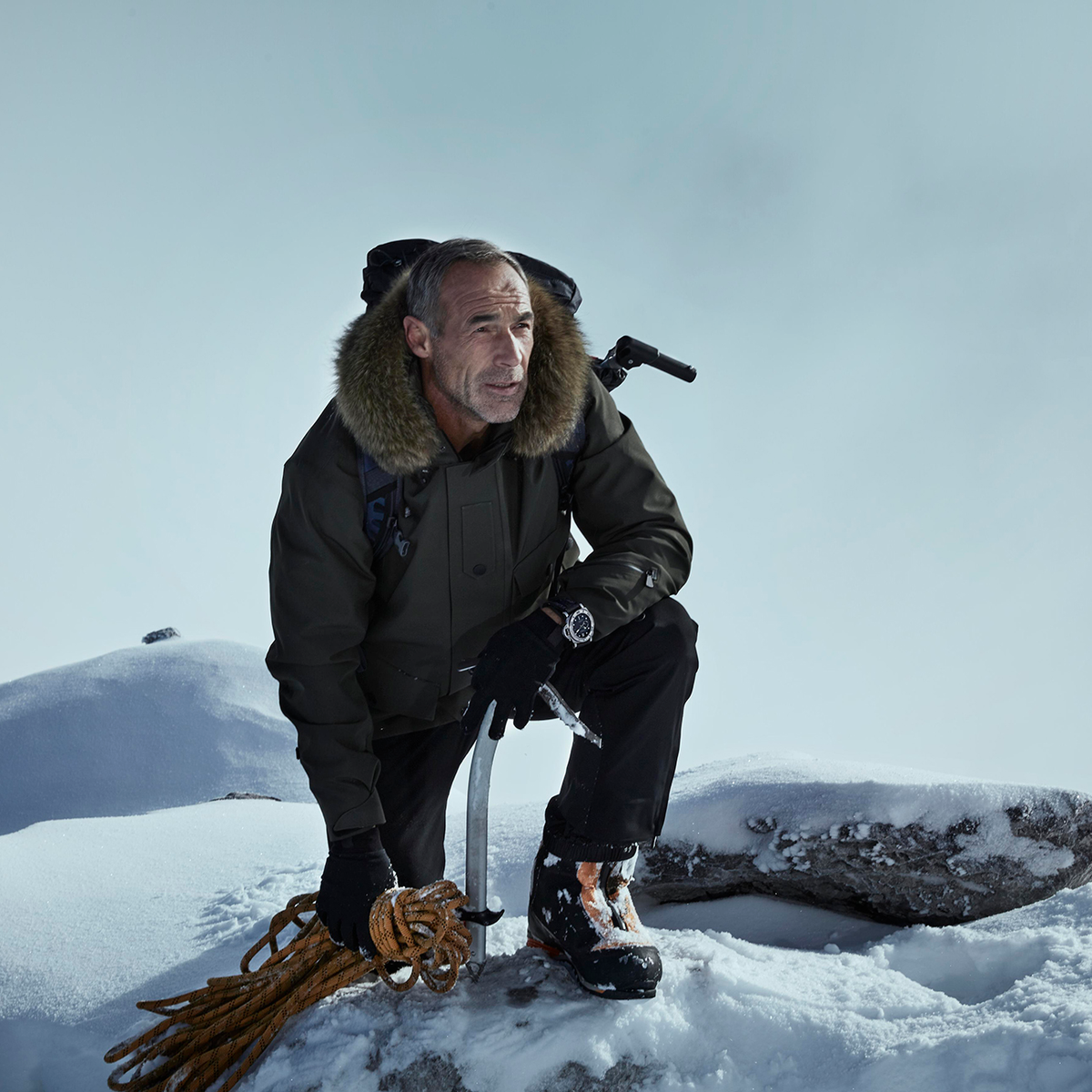Watches and Culture focuses on sustainable development goals. Watches and Culture focuses on sustainable development goals. Watches and Culture focuses on sustainable development goals. Watches and Culture focuses on sustainable development goals. Watches and Culture focuses on sustainable development goals
Watches and Culture focuses on sustainable development goals. Watches and Culture focuses on sustainable development goals. Watches and Culture focuses on sustainable development goals. Watches and Culture focuses on sustainable development goals
Watch and Culture focuses on sustainable development goals
A wave of enthusiasm
“We are digging our own graves”
There is still hope
While these initiatives, and their number has grown these past years, merit our full attention, they are not the subject of these lines whose purpose is to underscore the urgency that has made sustainable development the theme for this year at Watches and Culture. Over the coming months, this branch of the Fondation de la Haute Horlogerie, dedicated to promoting excellence in watchmaking, will be putting sustainable development at the heart of the conversation, specifically in relation to the watch industry, to then outline solutions. Setting the ball rolling is the Watch Forum. This one-day event will stocktake the current situation and look specifically at those issues requiring immediate and concrete action from watch brands. Through its own www.hautehorlogerie.org website and through its different initiatives, Watches and Culture intends to accompany the industry on its journey towards sustainability.


